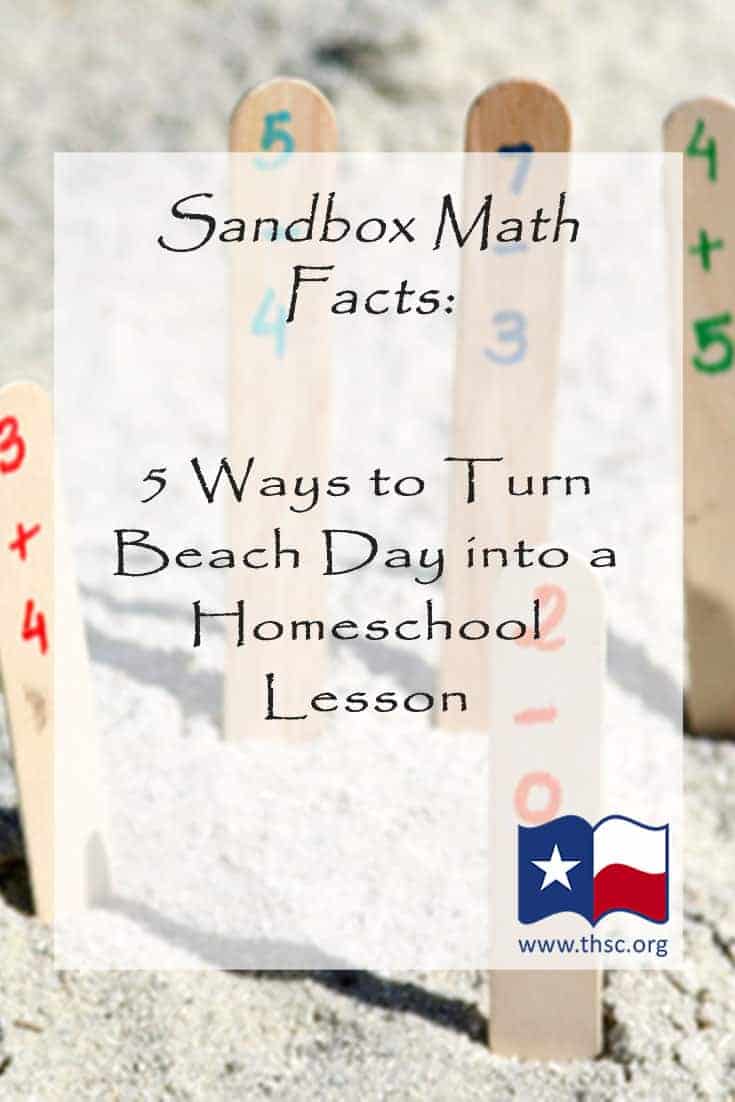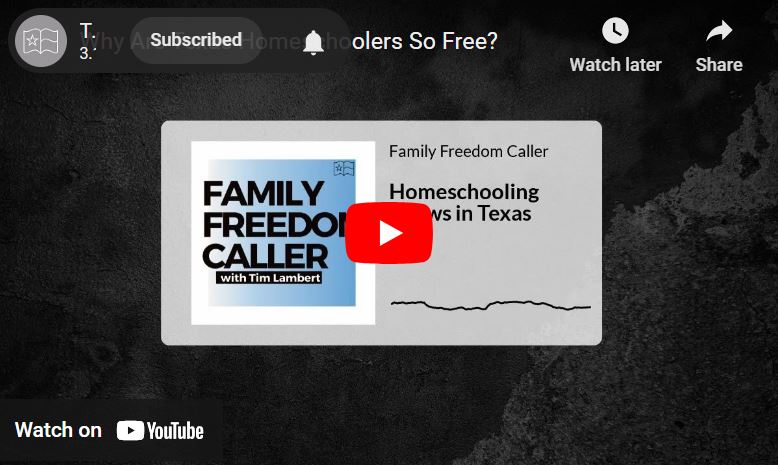By Jennifer Chalupnik
Heading to the beach this summer? With a little pre-trip preparation, you can turn beach day into a homeschool lesson review for math facts. This will help your students achieve their learning goals while enjoying fun in the sun!
One of the goals for early elementary students is to memorize basic addition, subtraction, multiplication and division math facts. This will become especially important in later grades when students advance to more challenging computation, such as regrouping with two and three-digit numbers.
We know that repetition and practice are the key to memorizing math facts. Practicing at home is ideal, but you don’t want this kind of repetition to become drudgery. So why not mix practice with play?
Here’s a fun math game that’s perfect for summer!
5 Steps to Incorporate Math Facts on the Beach or in the Sandbox
What You Need:
- A set of wooden craft “popsicle” sticks (about 20-30)
- An extra fine point black permanent marker
- A sandbox filled with sand, or the beach!
What You Do:
- Use the marker to write a simple addition, subtraction, multiplication or division math problem on the top end of the craft stick. Write the answer to the math problem on the bottom of the stick. Continue in this manner until all the sticks are labeled.
- Have your child submerge the sticks in the sand so that the problems are visible but the answers are not.
- Point out that these sticks would make great building materials—they could become bridges for sandcastles!
However, before your child can pull out the sticks to play with them, they must say the math fact and the corresponding answer out loud.
Show your student how to do this by choosing a stick, saying aloud the problem and the answer, and then pulling the stick out of the sand to check the answer. If the answer is correct, keep the stick for sand play. If the answer is not correct, put the stick back in the sand.
- Add a competitive element by adding players. If players are at the same grade level, take turns seeing who gets more sticks.
Or, make a set for each grade level player. Then, take turns seeing who can collect all the sticks first by getting the answers correct in the fewest number of tries.
- After your child has practiced with the Sandbox Math Sticks, join him or her in fun, creative play.
Then, store the sticks for later in a sand pail or simply plant them in the sand again!
You can plan more educational beach day activities with this list from Arena at TheNerdsWife.com. (I wonder if she knows her name means “sand” in Spanish.)
Do you have your own fun way to teach math facts outside of the homeschool classroom? Share them with other families in the Comments Section below! Also, be sure to share this article with your friends on social media. We look forward to hearing from you as we continue Keeping Texas Families Free!
***
Education.com aims to empower parents, teachers, and homeschoolers to help their children build essential skills and excel. With over 12 million members, Education.com provides educators of all kinds with high-quality learning resources, including worksheets, lesson plans, digital games, an online guided learning platform, and more.












